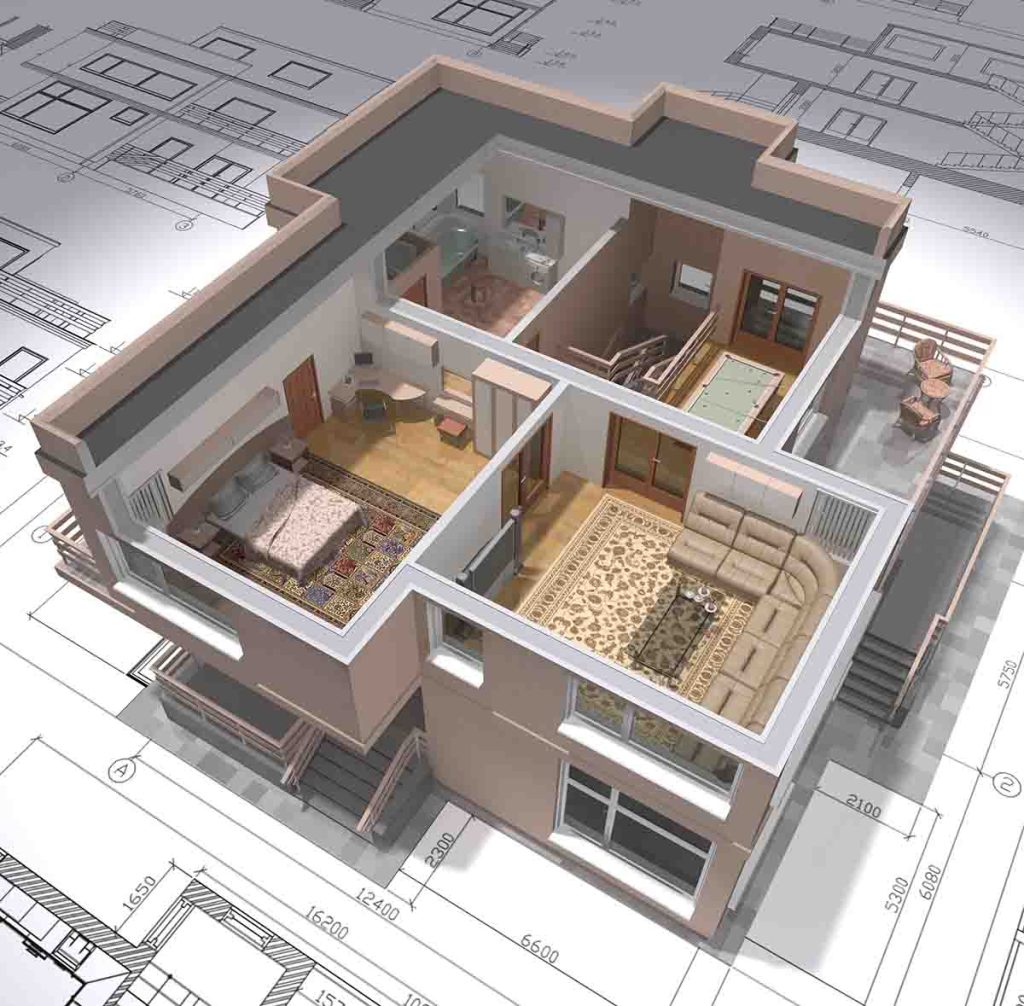Do your family members or employees argue over the “right” temperature? If so, a zoned HVAC system might be the answer to your temperature issues.
Homeowners and businesses are increasingly turning to advanced technologies to create a comfortable living environment while reducing energy consumption. One such innovation that has gained popularity is HVAC zoning systems.
Zoning systems offer personalized comfort by dividing a building into multiple zones and allowing individual control over temperature and airflow. Not only does this provide occupants with tailored comfort, but it also leads to significant energy savings.

What are HVAC Zoning Systems?
Zoning systems are HVAC solutions that divide a building into distinct zones based on usage, occupancy, or other relevant factors. Each zone is equipped with a thermostat and damper controls, allowing independent regulation of temperature and airflow. By separating areas with different heating and cooling needs, zoning systems enable customized comfort throughout a home or building.
Benefits and Features of Zoning Systems
- Personalized Comfort: One of the most significant advantages of zoning systems is the ability to provide personalized comfort to occupants. With traditional HVAC systems, a single thermostat governs the temperature for the entire building, resulting in compromised comfort for various areas. Zoning systems eliminate this issue by allowing occupants to set and maintain their desired temperature within their specific zone. This level of customization ensures that each individual can enjoy optimal comfort, regardless of the preferences or activities happening in other parts of the building.
- Energy Savings: Zoning systems offer more energy savings than conventional HVAC setups. By independently controlling each zone’s temperature, occupants can avoid wasteful heating or cooling of unoccupied or rarely used areas. For instance, during the day, when certain zones may be unoccupied, those zones can be set to an energy-saving mode, reducing the energy consumption of the HVAC system. Zoning systems also prevent over-conditioning areas that naturally experience different thermal profiles, such as rooms with large windows or areas exposed to direct sunlight. By eliminating unnecessary energy expenditure, zoning systems contribute to lower utility bills and a reduced carbon footprint.
- Enhanced Efficiency: Zoning systems improve overall HVAC system efficiency besides energy savings. Allowing the system to operate in specific zones rather than throughout the entire building reduces the load on the HVAC system. This reduction in load results in less strain on the equipment, leading to lower maintenance costs and an extended lifespan for the system. Zoning systems can also be integrated with advanced sensors and smart algorithms to optimize energy consumption further.
Zoning System Installation and Retrofitting
HVAC zoning systems are versatile and can be installed in both new constructions and existing buildings. It is relatively straightforward for new construction to incorporate zoning systems into the initial HVAC design. In retrofit projects, zoning systems can be integrated into the existing HVAC infrastructure, providing an efficient solution without major renovations.
At Thomas Hoffmann Air Conditioning & Heating, our professional HVAC contractors can assess your home or building’s layout and recommend the best zoning configuration to maximize comfort and energy efficiency.
24/7 Service Call Now
At Thomas Hoffmann Air Conditioning & Heating, we pride ourselves on being a locally owned and operated HVAC company. With more than 30 years of experience and a master technician and mechanical engineer as our owner, we can replace, repair, and maintain your business or home’s HVAC system.
